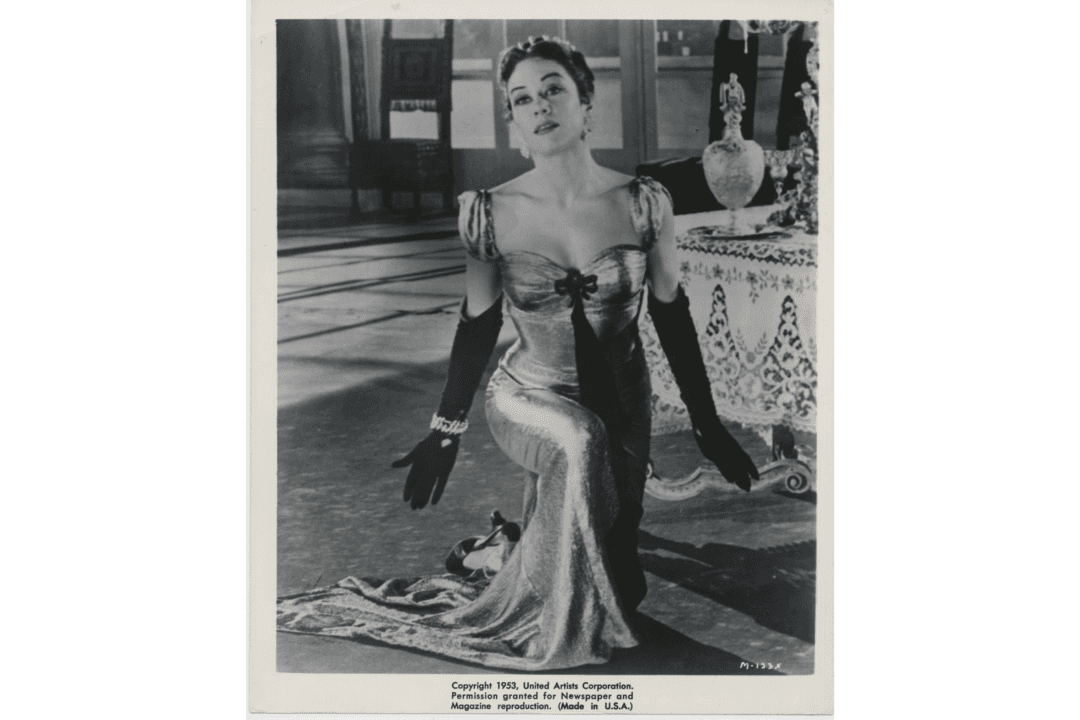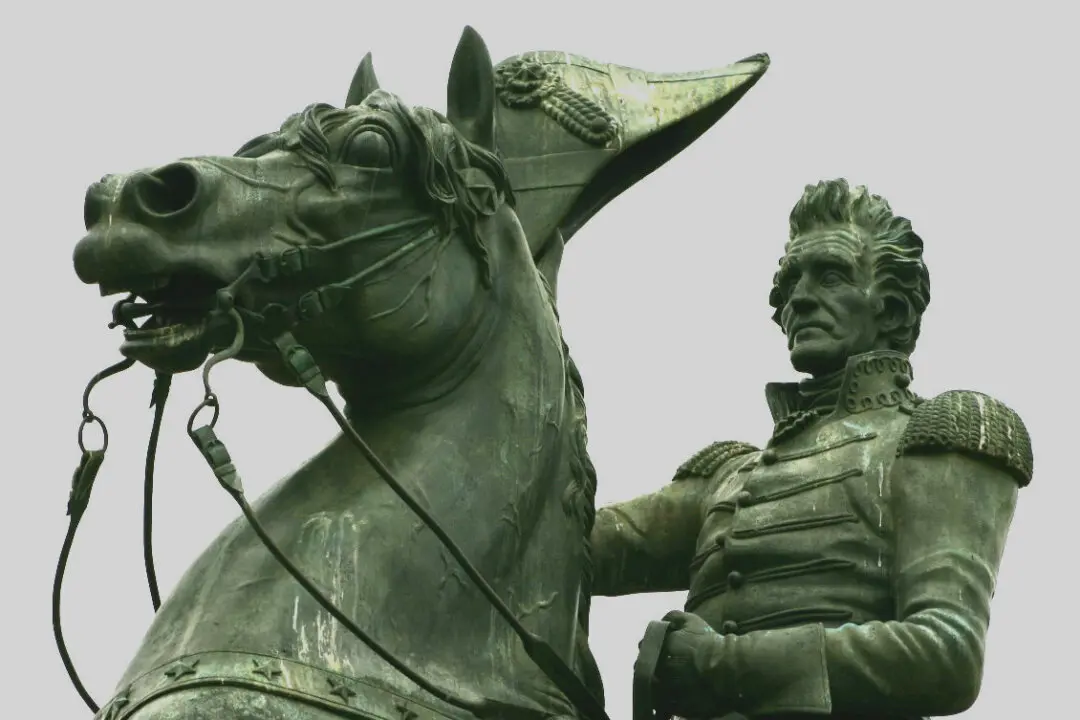Today, opera isn’t a career associated with youth. Despite the fact that most lead characters are young, they continue to be played by the same singers for decades. This is especially true in the 21st century, as the opera establishment no longer takes young singers seriously.
This wasn’t always the case, though, and the history of opera is full of accounts of excellent young singers who were lauded for their prodigious talent at young ages.






